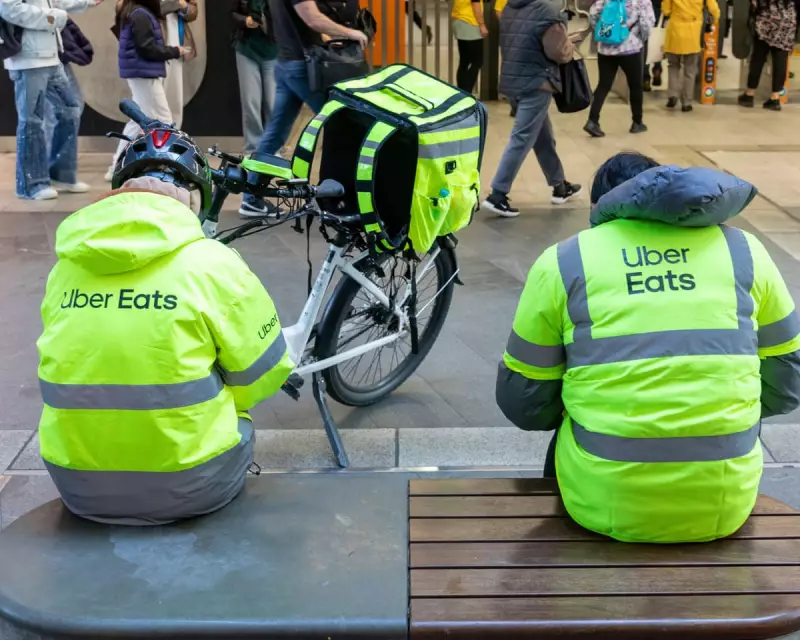
That tempting takeaway or last-minute grocery delivery might be costing you significantly more than you realise, according to alarming new research. A comprehensive study has uncovered that popular food delivery platforms are charging customers up to 39% more than in-store prices for identical items.
The Convenience Premium: What You're Really Paying For
The analysis examined major players in the delivery market including Uber Eats, Deliveroo, DoorDash, and MilkRun. The findings paint a stark picture of the 'convenience tax' that consumers are unknowingly paying for the luxury of doorstep delivery.
Key findings from the investigation reveal:
- Average price markups ranging from 15% to 39% across different platforms
- Essential grocery items showing the most significant price inflation
- Consumers paying premium prices without full transparency about markups
- Delivery fees and service charges adding additional costs on top of inflated item prices
Why Are Prices So Much Higher?
The substantial price differences stem from multiple factors. Delivery platforms typically charge restaurants and retailers commission fees of 25-30%, forcing businesses to increase their prices on these apps to maintain profitability. Additionally, the platforms themselves add service fees and delivery charges that further drive up the final cost to consumers.
The Impact on Household Budgets
For regular users of these services, the cumulative effect on household budgets can be substantial. A typical weekly shop that might cost £60 in-store could easily exceed £80 when ordered through delivery apps, representing hundreds of pounds in additional annual spending for frequent users.
"Many consumers are completely unaware of the scale of these markups," notes the research. "The convenience of quick delivery is masking what amounts to a significant price premium that hits household budgets hard."
Making Informed Choices
Consumer advocates recommend that shoppers compare prices across platforms and consider whether the convenience justifies the additional cost. For regular grocery shopping, traditional supermarkets' own delivery services often provide better value, while reserving rapid-delivery apps for genuine emergencies or occasional treats.
The research serves as a crucial wake-up call for consumers to scrutinise their delivery app spending habits and understand the true cost of convenience in today's on-demand economy.




